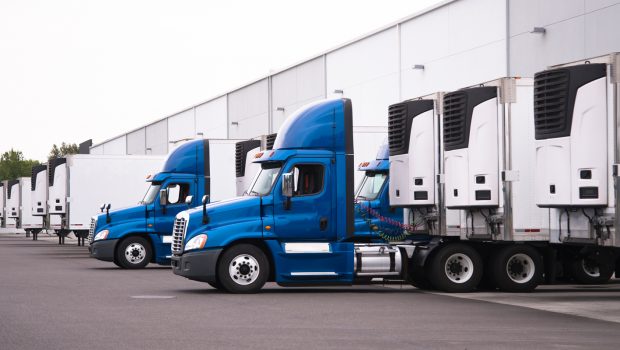The Kansas farm machinery and equipment manufacturing sector contributes $4 billion each year to the state’s economy and accounts for more than 15,000 jobs in the state. But the sector is facing challenges such as rising costs for steel, a struggle to fill available jobs and higher labor costs. These challenges and more were discussed during the sector’s breakout session during the recent Kansas Governor’s Summit on Ag Growth in August.
World events have affected costs and availability for inputs, and that’s troubling to the sector. But labor is another critical issue, with younger people simply not entering the hourly workforce at the same pace as they were just a decade ago.
Labor
Chris Kuehl, managing director of Armada Corporate Intelligence, brings insights into the supply chain snags that we’ve experienced domestically and internationally.
“Demand has been far in excess of what the producers were ready for,” Kuehl says. Restrictions and protocols to address the coronavirus, in some cases, shut down manufacturers and plants because there weren’t enough people to work, or they couldn’t have as many people on the floor as they had in the past. Now the factory sector is trying to catch up to the demand across all sectors, and it’s trying to get people back into hourly jobs.
“But, we’ve had a shortage of skilled labor for decades,” Kuehl says. The number of job openings in manufacturing has been accelerating since the 2008 recession, and that’s hitting the small manufacturers with fewer than 25 employees — the very manufacturers that make the component parts for the larger assembly operations. And these operations can’t just hire someone with a willingness to work and put them in the process — they need to be skilled and trained before they get hired, Kuehl says.
“The pipeline is critical,” he says. “It has to come from the secondary schools. It has to come from trade schools, community colleges — anyplace where people can get this skill development.”
Supply chain delays
The supply chain is trying to catch up from the pandemic. Everything is trying to come into the ports from overseas suppliers at the same time — from electronics to Christmas decorations that were delayed for the 2020 holiday.
“One of the things that is certainly complicating the transportation sector has been the growth of online retail,” Kuehl explains. “The consumer is now doing a lot more work online than they used to, and that has stimulated the parcel business.”
Inputs for the agricultural supply chain are caught up in that mess.
Rail, truck, air, maritime: Kuehl says all sectors are facing the same issue of more packages that need to get places, but not enough people to get them there. There aren’t enough truck drivers, enough people working the railroads, enough pilots, and there’s also a shortage of seafarers, he adds.
“The average age of an over-the-road truck driver is now over 60,” he says. Same for railroad engineers and pilots. Now it’s a matter of finding young people to get trained to replace them.
Disruption
If there is a positive to come out of this, it could be that companies are rethinking their use of just-in-time supply chains.
“The globalization trend is being interrupted,” Kuehl says. Manufacturers are taking more of their business out of China and other countries and reshoring, especially if that work can be done with machines rather than human labor.
“The reason companies went overseas was either to have access to raw materials or have access to cheap labor,” he says. If cheap labor isn’t a necessity, then it makes some sense to return production back to the U.S., Kuehl adds.
Container shipping
Freight transportation may also change in the future if Canadian National is able to purchase the Kansas City Southern Railroad, Kuehl says. If that comes to fruition, CN could choose to shift as much as 40% of the freight that’s currently coming into West Coast ports to the middle of the United States — right up through Kansas. West Coast ports are jammed, and they can’t grow any more because they are landlocked, Kuehl explains.
“Think about the implications of millions of containers moving to the middle of the country for distribution,” he says. That would make the I-35 Corridor a transportation and logistics hub.
Overall, Kuehl advises the Kansas manufacturing sector to keep an eye on labor and shipping as it moves toward the future. Visit youtube.com/watch?v=hCVOxwwq-fo to watch the session.








Gloss